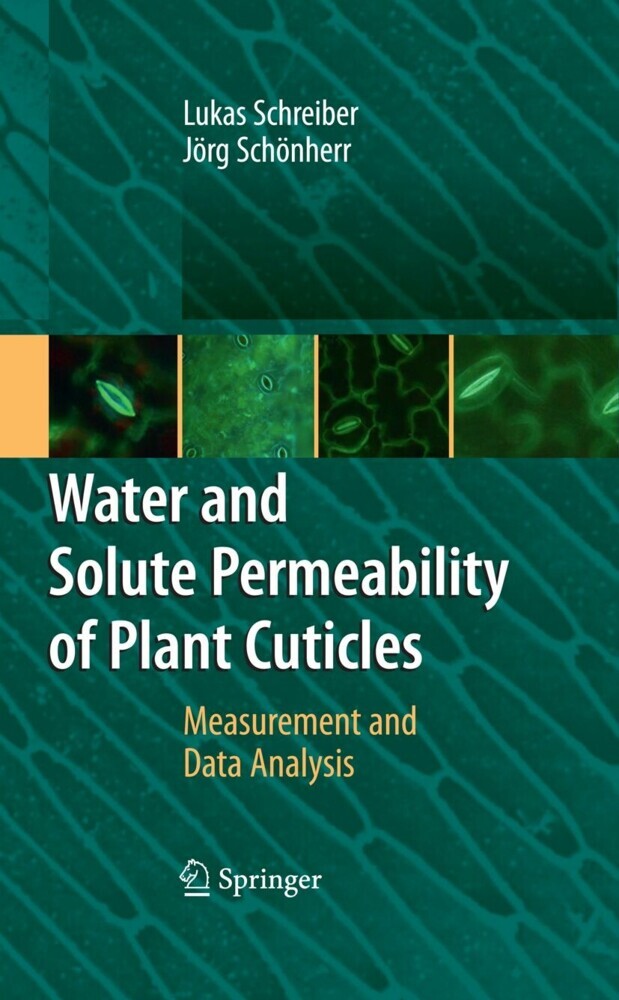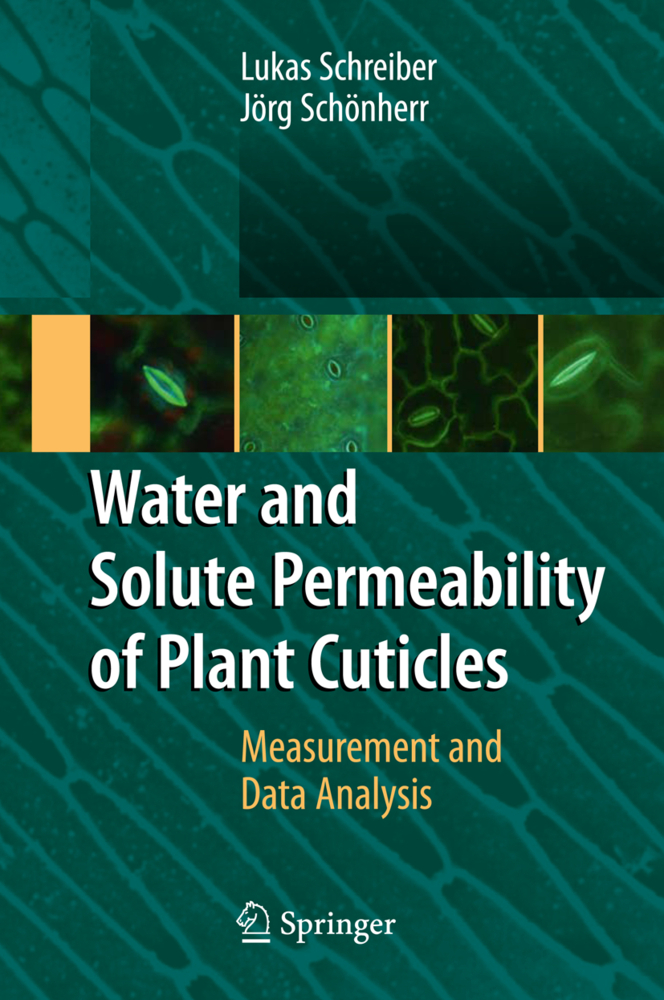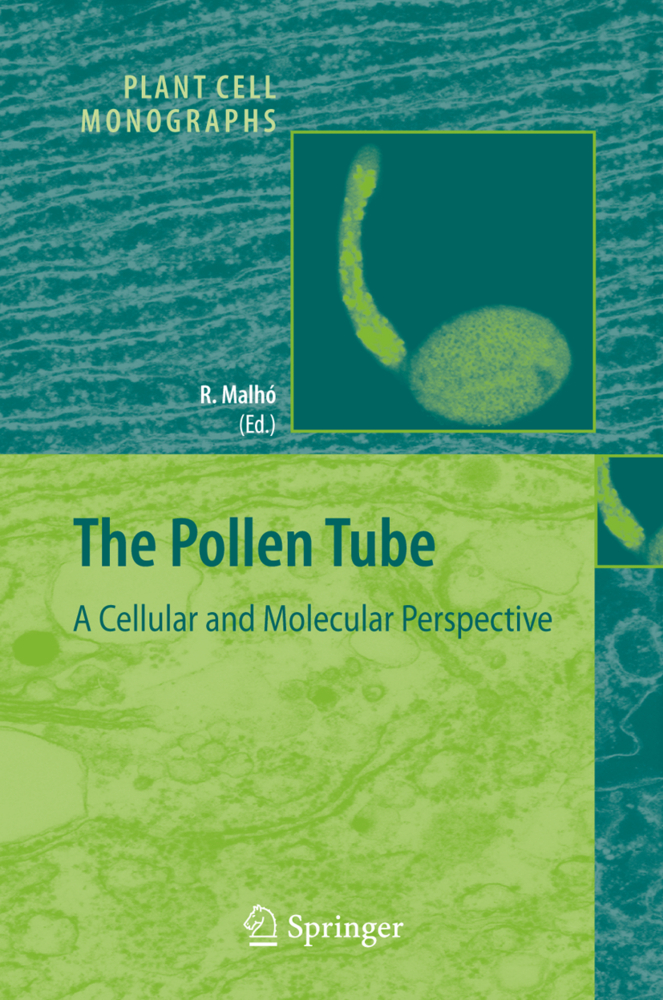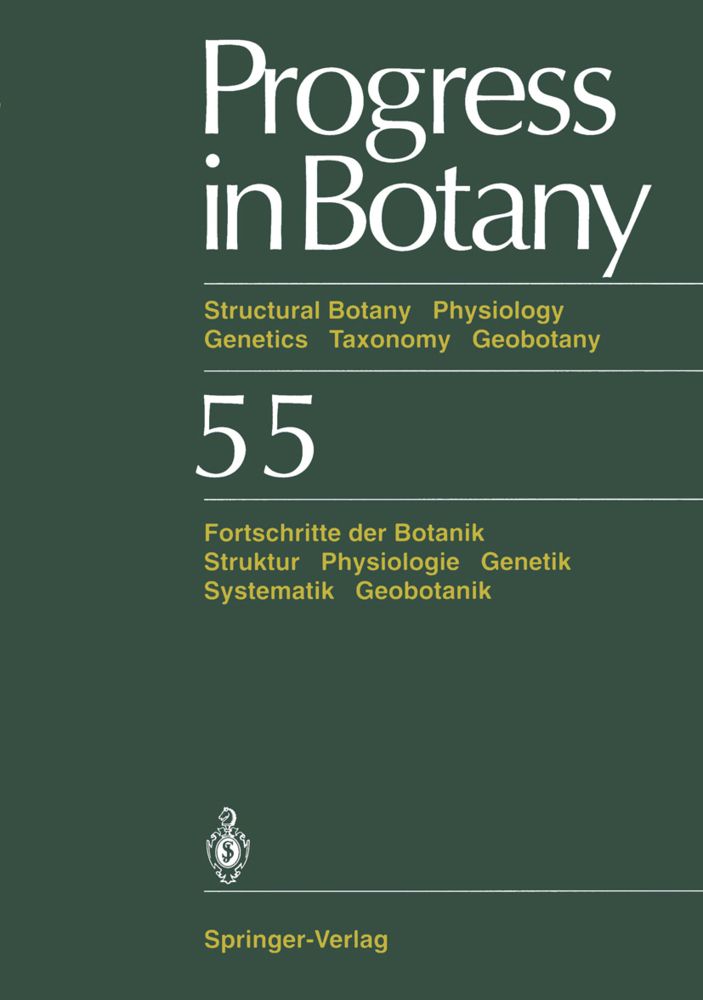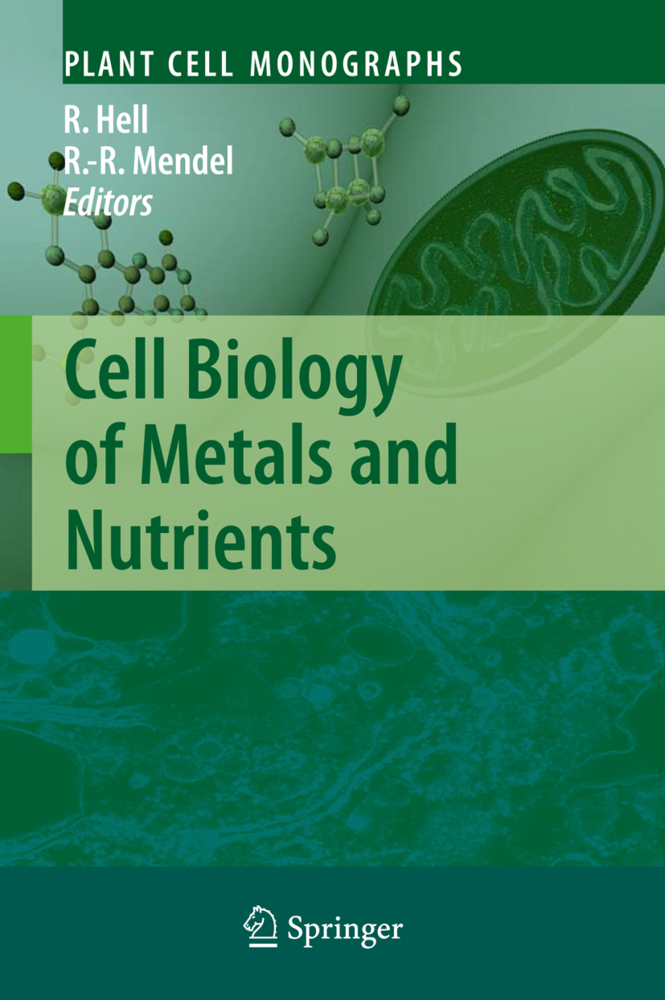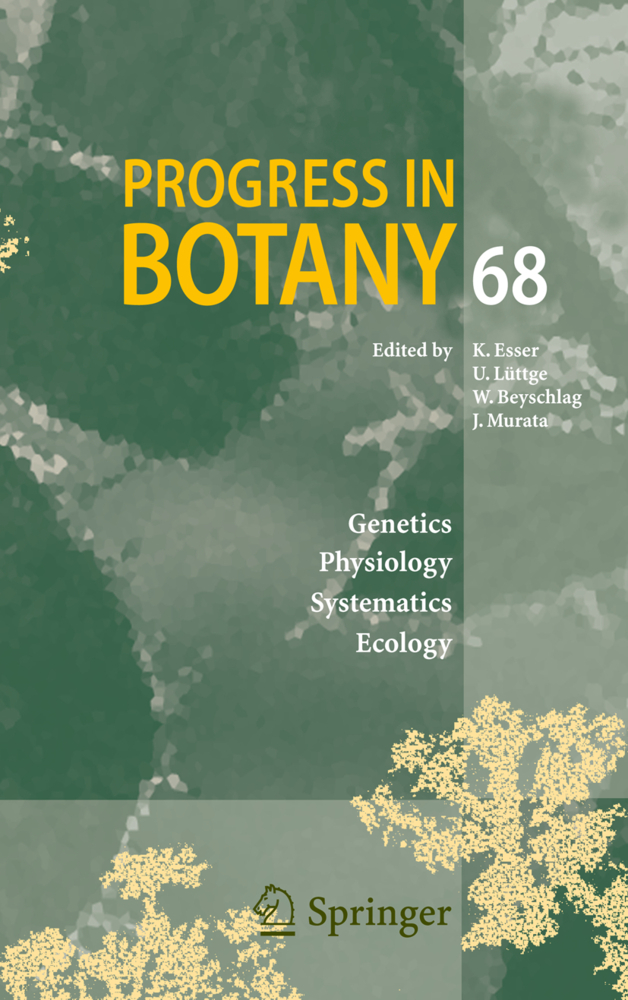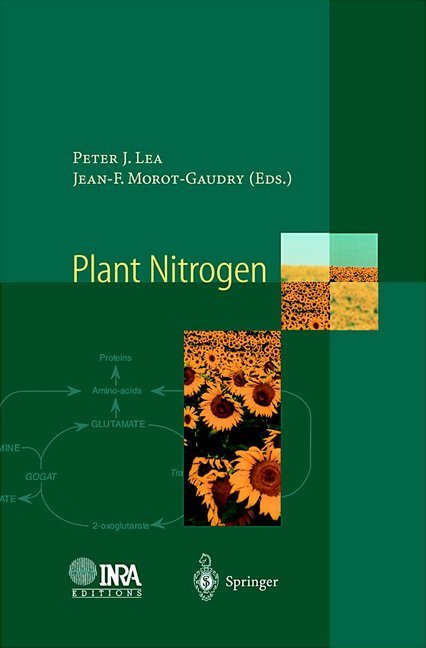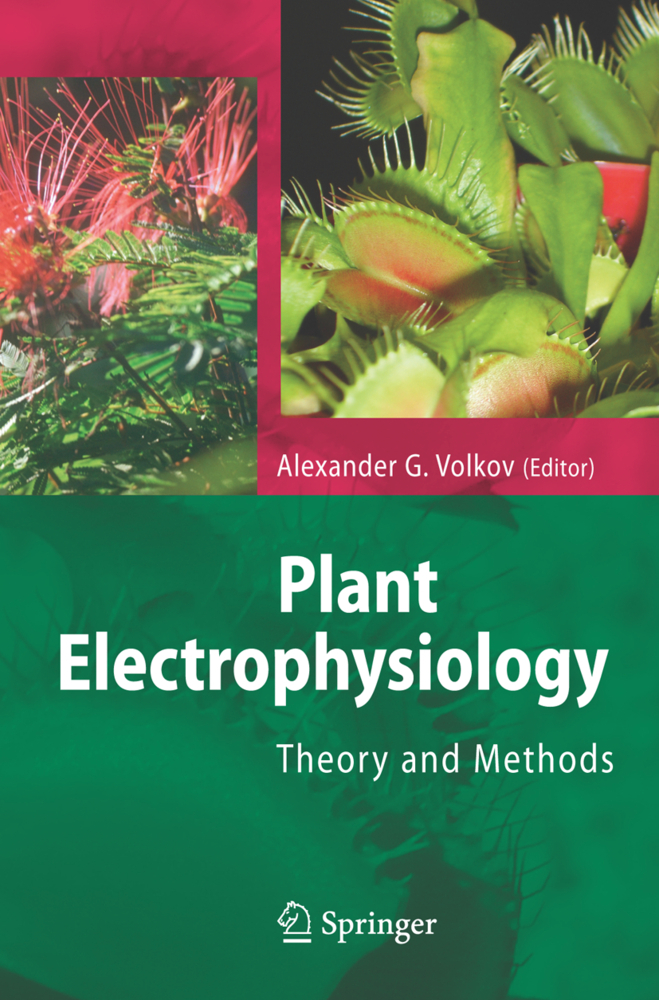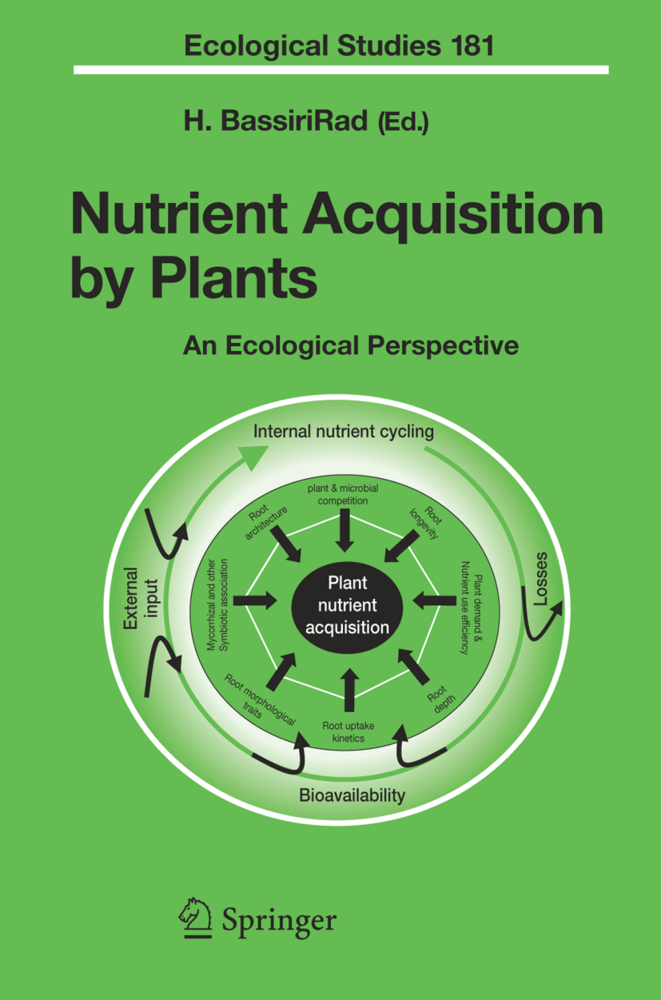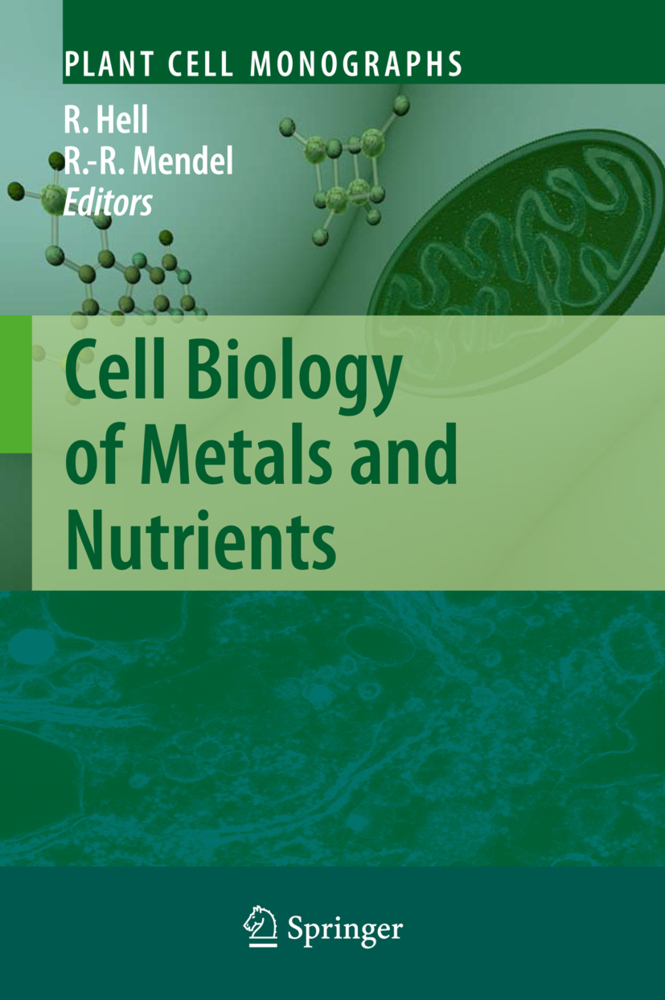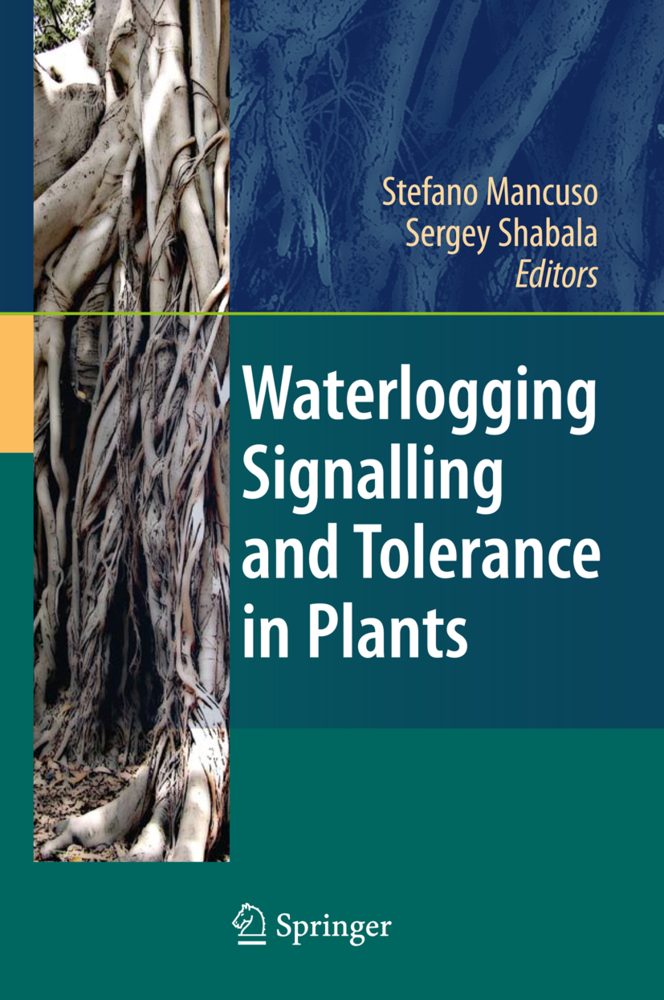Water and Solute Permeability of Plant Cuticles
Measurement and Data Analysis
The study of permeability of plant cuticles is of gaining interest since transport processes play a crucial role in plant ecology, plant stress tolerance, plant growth regulation, plant protection, phytopathology and the accumulation of xenobiotics in plants. Penetration of neutral and ionic solutes can be modeled and predicted, provided suitable experiments based on sound theories are conducted using whole leaves, leaf disks or isolated cuticles. These measurements allow estimating water loss from plants, including transgenic plants with an altered cuticle and wax composition.
Based on representative examples, the authors describe the basics of sorption, diffusion and permeability characteristics of cuticles. They present suitable experimental approaches for solving specific problems related to transport of water and solutes across cuticles. Data analysis stresses quantitative structure property relations. Pitfalls and erroneous interpretations of experimental data are shown. Calculations are used to point out physiological and ecological consequences of the equations developed and problems at the end of each chapter provide some additional exercises.
Based on representative examples, the authors describe the basics of sorption, diffusion and permeability characteristics of cuticles. They present suitable experimental approaches for solving specific problems related to transport of water and solutes across cuticles. Data analysis stresses quantitative structure property relations. Pitfalls and erroneous interpretations of experimental data are shown. Calculations are used to point out physiological and ecological consequences of the equations developed and problems at the end of each chapter provide some additional exercises.
1;Preface;5 2;Acknowledgements;7 3;Contents;8 4;Chemistry and Structure of Cuticles as Related to Water and Solute Permeability;13 4.1;1.1 Polymer Matrix;14 4.2;1.2 Cutin Composition;15 4.3;1.3 Soluble Cuticular Lipids;20 4.4;1.4 Fine Structure of Cuticles;26 4.5;Problems;39 4.6;Solutions;40 5;Quantitative Description of Mass Transfer;43 5.1;2.1 Models for Analysing Mass Transfer;44 5.2;2.2 Steady State Diffusion Across a Stagnant Water Film;50 5.3;2.3 Steady State Diffusion Across a Stagnant Water Film Obstructed by Cellulose and Pectin;51 5.4;2.4 Steady State Diffusion of a Solute Across a Dense Non- Porous Membrane;52 5.5;2.5 Diffusion Across a Membrane with Changing Concentrations;57 5.6;2.6 Determination of the Diffusion Coefficient from Sorption or Desorption Kinetics;60 5.7;2.7 Summary;63 5.8;Problems;63 5.9;Solutions;63 6;Permeance, Diffusion and Partition Coefficients: Units and Their Conversion;65 6.1;3.1 Units of Permeability;65 6.2;3.2 Diffusion Coefficients;70 6.3;3.3 Partition Coefficients;70 6.4;Problems;72 6.5;Solutions;72 7;Water Permeability;73 7.1;4.1 Water Permeability of Synthetic Polymer Membranes and Polymer Matrix Membranes: A Comparison of Barrier Properties;73 7.2;4.2 Isoelectric Points of Polymer Matrix Membranes;77 7.3;4.3 Ion Exchange Capacity;80 7.4;4.4 Water Vapour Sorption and Permeability as Affected by Cations and Vapour Pressure;86 7.5;4.5 Diffusion and Viscous Transport ofWater: Evidence for Aqueous Pores in Polymer Matrix Membranes;90 7.6;4.6 Water Permeability of Isolated Astomatous Cuticular Membranes;105 7.7;4.7 Permeances of Adaxial and Abaxial Cuticles;130 7.8;4.8 Water Permeability of Isolated Cuticular Membranes as Compared to Intact Leaves;131 7.9;4.9 The Shape of the Water Barrier in Plant Cuticles;132 7.10;Problems;133 7.11;Solutions;134 8;Penetration of Ionic Solutes;137 8.1;5.1 Localisation of Aqueous Pores in Cuticles;138 8.2;5.2 Experimental Methods;141 8.3;5.3 Cuticular Penetration of Electrolytes;145 8.4;5.4 Cuticular Penetration of Fe Chelates;154 8.5;Problems;155 8.6;Solutions;156 9;Diffusion of Non-Electrolytes;157 9.1;6.1 Sorption in Cuticular Membranes, Polymer Matrix, Cutin and Waxes;157 9.2;6.2 Steady State Penetration;165 9.3;6.3 Diffusion with Changing Donor Concentrations: The Transient State;188 9.4;6.4 Simulation of Foliar Penetration;202 9.5;6.5 Diffusion in Reconstituted Isolated Cuticular Waxes;204 9.6;Problems;213 9.7;Solutions;214 10;Accelerators Increase Solute Permeability of Cuticles;217 10.1;7.1 Sorption of Plasticisers inWax and Cutin;218 10.2;7.2 Plasticisation of Cuticular Wax: Evidence from Spectroscopy;224 10.3;7.3 Effects of Plasticisers on Diffusion of Lipophilic Solutes inWax;227 10.4;7.4 Effects of Plasticisers on Transport in Cuticles;234 10.5;7.5 Effects of Plasticisers onWater and Ion Transport;241 10.6;Problems;242 10.7;Solutions;242 11;Effects of Temperature on Sorption and Diffusion of Solutes and Penetration of Water;245 11.1;8.1 Sorption from Aqueous Solutions;245 11.2;8.2 Solute Mobility in Cuticles;251 11.3;8.3 Water Permeability in CM and MX;259 11.4;8.4 Thermal Expansion of CM, MX, Cutin andWaxes;263 11.5;8.5 Water Permeability of Synthetic Polymers as Affected by Temperatures;265 11.6;Problems;269 11.7;Solutions;270 12;General Methods, Sources of Errors, and Limitations in Data Analysis;271 12.1;9.1 Isolation of Cuticular Membranes;271 12.2;9.2 Testing Integrity of Isolated CM;273 12.3;9.3 Effects of Holes on Permeance, Rate Constants and Diffusion Coefficients;274 12.4;9.4 Distribution ofWater and Solute Permeability;275 12.5;9.5 Very High or Very Low Partition Coefficients;276 12.6;9.6 Cutin and Wax Analysis and Preparation of Reconstituted CuticularWax;276 12.7;9.7 Measuring Water Permeability;278 12.8;9.8 Measuring Solute Permeability;280 13;Appendix A;287 13.1;SI units used, fundamental constants, abbreviations, and symbols;287 14;Appendix B;291 14.1;Physico-Chemical Properties of Chemicals;291 15;Appendix C;295 16;References;2
Schreiber, Lukas
Schönherr, Jörg
| ISBN | 9783540689454 |
|---|---|
| Artikelnummer | 9783540689454 |
| Medientyp | E-Book - PDF |
| Copyrightjahr | 2009 |
| Verlag | Springer-Verlag |
| Umfang | 299 Seiten |
| Sprache | Englisch |
| Kopierschutz | Digitales Wasserzeichen |

